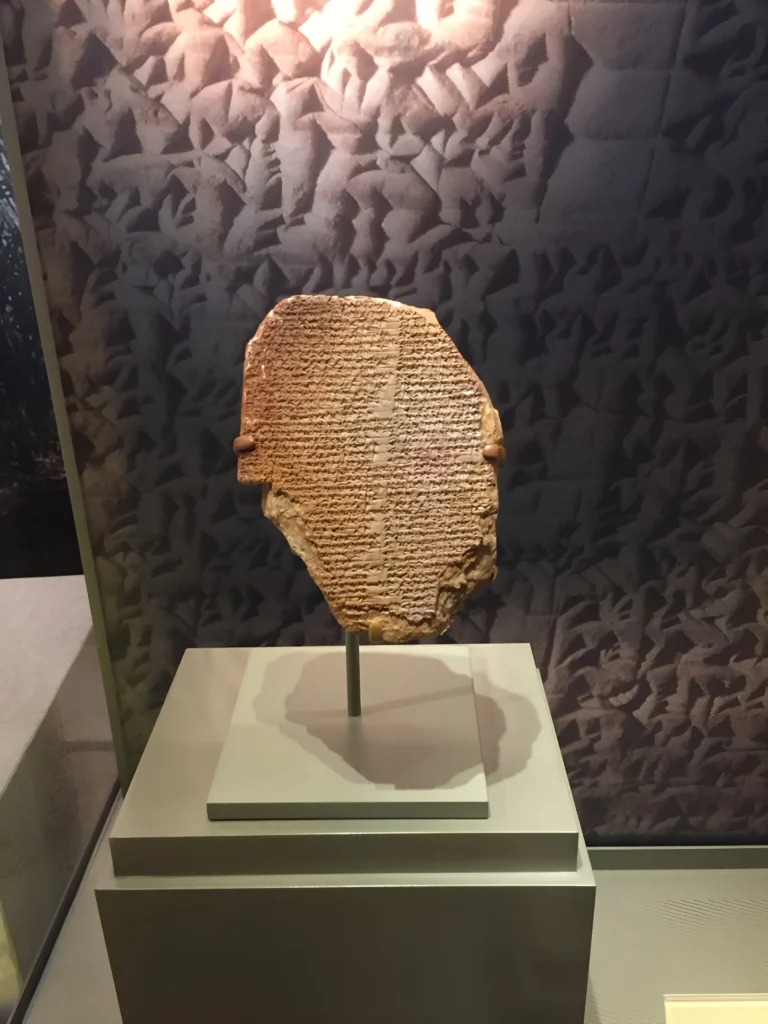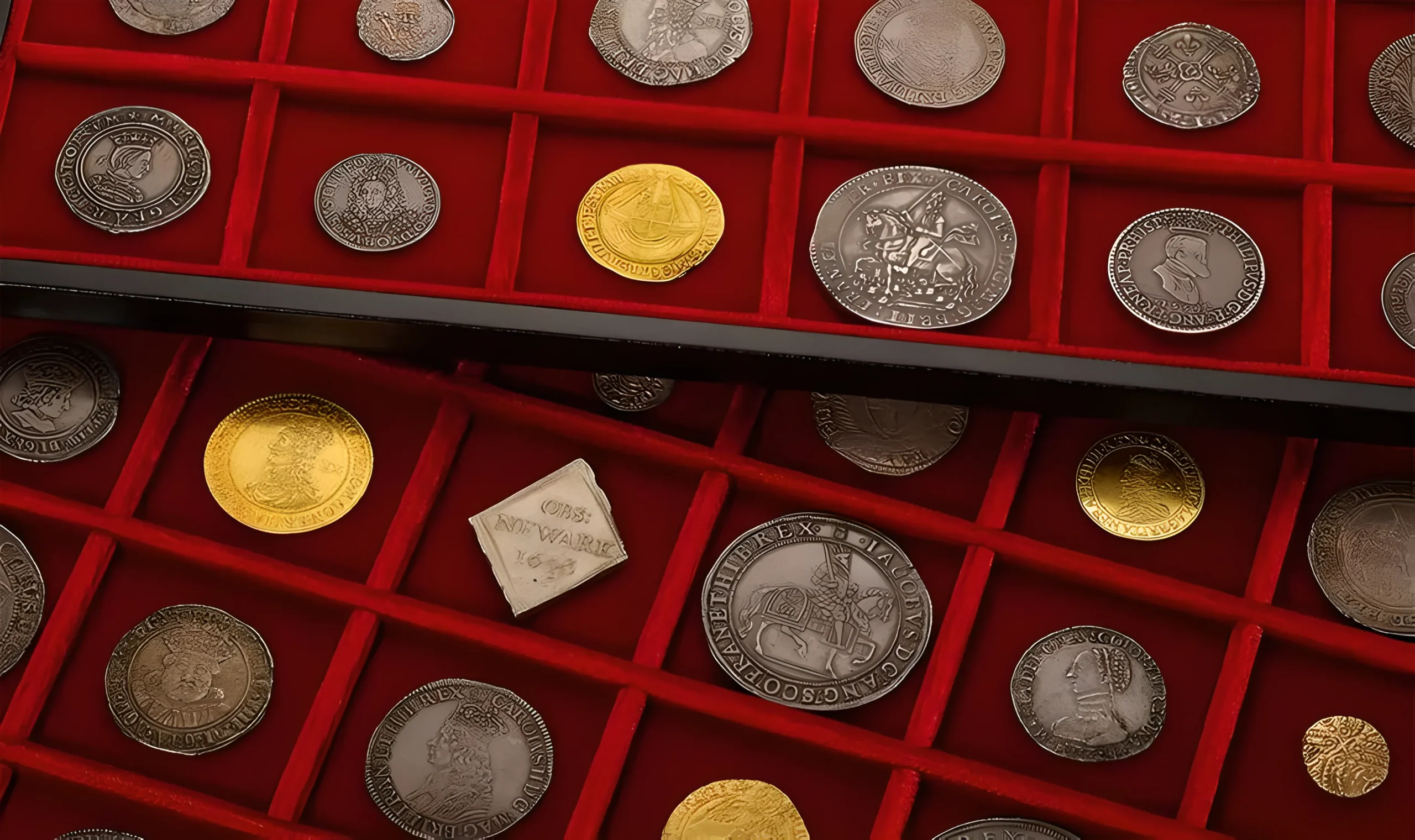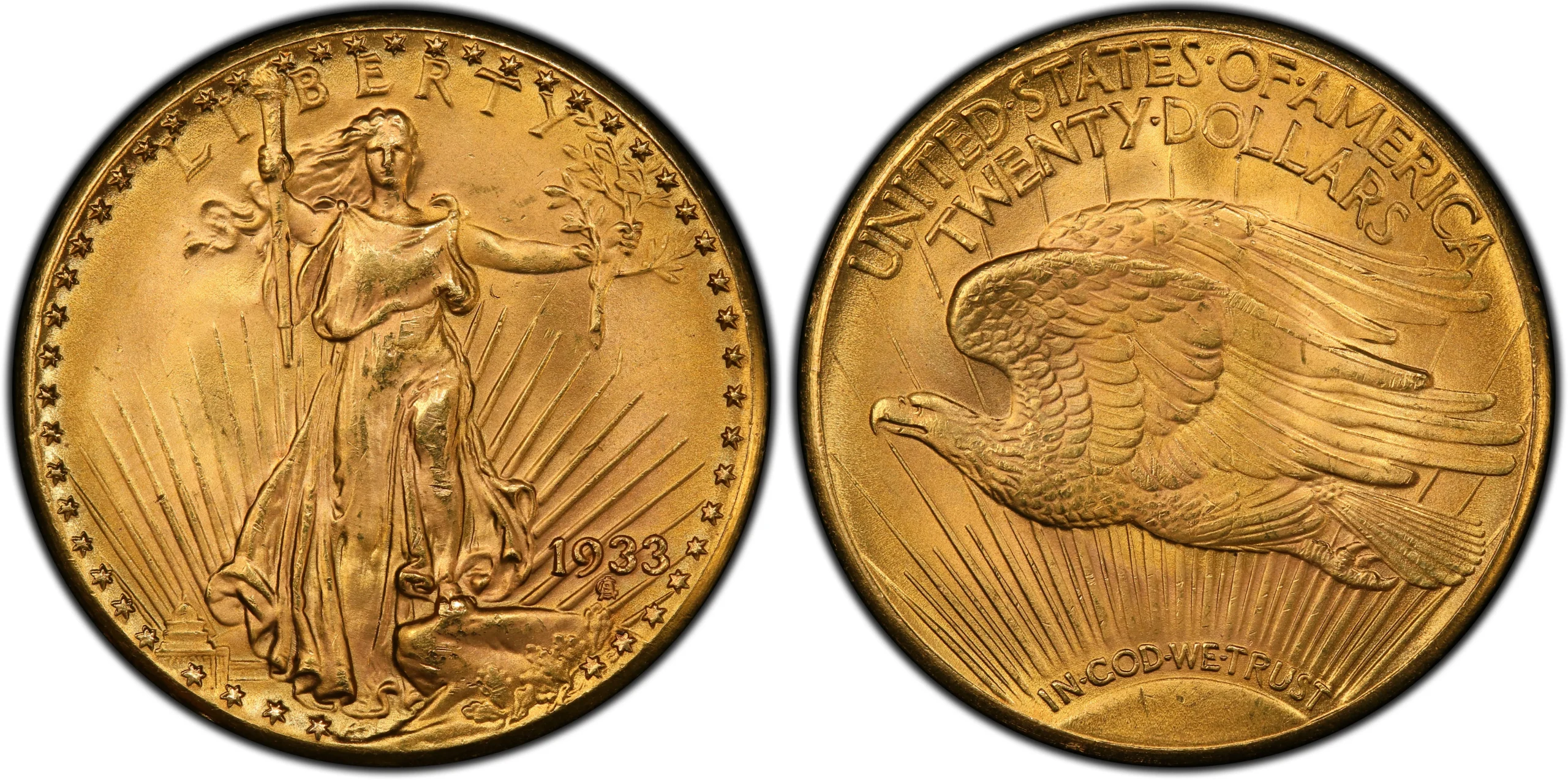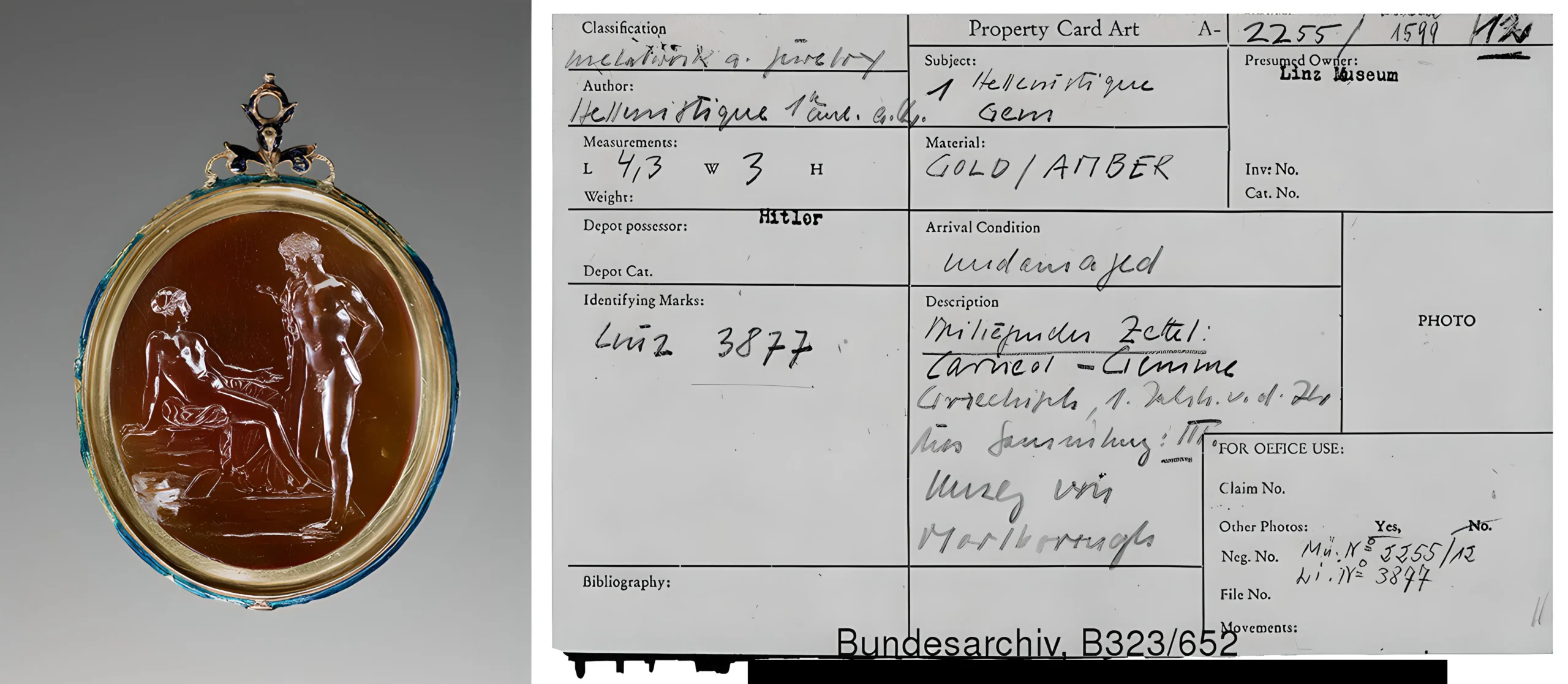By: Niloufar Asefi
There’s something magical about collectibles — those tangible pieces of history, culture, and memory that connect us across time. Whether it’s a rare stamp, a gleaming coin, or a handwritten letter, these objects carry stories that spark our imagination and sometimes even reshape our understanding of the past.Today, the world of collecting is undergoing a quiet revolution. What was once a niche hobby reserved for specialists and passionate antiquarians is now booming into a nearly half-trillion-dollar global market, fueled by a wave of new collectors, technology, and a growing desire to own a piece of history.
The Rise of Online Collecting
By 2032, experts predict the online auction market alone will reach a jaw-dropping $1.17 trillion — a figure that highlights how the digital experience has become the new heartbeat of collecting. Platforms like eBay, Heritage Auctions, Sotheby’s, and Live Auctioneers are not just facilitating sales; they’re creating vibrant communities where stories are shared, histories are verified, and passions are kindled.
What makes online collecting so appealing? It’s the combination of convenience and connection. You can bid live on a rare coin in New York, join a virtual preview of historical documents in London, or discover vintage stamps from the comfort of your home — all while receiving personalized recommendations powered by AI. It’s a far cry from the old days, but the emotional thrill of discovery remains.
How Gen X and Gen Z Are Shaping Collecting
Collecting is deeply personal, and generational differences shape how people connect with objects. Gen X collectors often seek to hold onto tangible pieces of their past — coins, stamps, vintage toys, and documents that remind them of their heritage and stories passed down through families. For them, authenticity and provenance aren’t just nice-to-haves; they’re essential.
Then there’s Gen Z, the digital natives who have grown up with the internet in their pockets. For many in this generation, collecting has evolved beyond physical objects into the digital realm — think NFTs and digital memorabilia. They value community and interactivity, often blending collecting with gaming and social sharing, reshaping what it means to “own” something precious.
Together, these generations are driving the market forward — Gen X with their appreciation for history and detail, Gen Z with their hunger for innovation and social connection.
The Timeless Charm of Stamps, Coins, and Historical Documents
While collectibles come in many forms, some categories remain timeless pillars of the market — particularly stamps, coins, and historical documents. These items aren’t just objects; they’re storytellers, each with a unique journey through time.
- Stamps are miniature windows into history, capturing moments from political upheavals to cultural milestones. The British Guiana 1c magenta, often called the rarest stamp in the world, has sold for nearly $10 million, reflecting its unmatched scarcity and the passion it inspires.
- Coins provide a tactile connection to past civilizations and economies. The legendary 1933 Double Eagle gold coin fetched over $18 million, showcasing how rarity, condition, and historical significance can combine to create a priceless treasure.
- Historical documents like letters, manuscripts, and artifacts—such as Napoleon Bonaparte’s sword, which sold for over $6 million—bring us face-to-face with the past in a profoundly personal way. They carry the weight of momentous events and the lives of iconic figures, turning history into a collectible you can hold.
Collectors treasure these items not only for their monetary value but for the stories, emotions, and cultural heritage they embody.

The Power of Provenance and Storytelling
What elevates a collectible from “interesting” to “irreplaceable” is often its story — the people who owned it, the journeys it’s been on, the moments it witnessed. This is where provenance — the documented history of an item — becomes so vital.
Provenance builds trust, especially in the online world, where buyers want reassurance about authenticity. It enriches the collectible’s narrative, turning a simple stamp or coin into a cherished artifact. Curated, expert-vetted marketplaces thrive because they offer transparency and stories that resonate with collectors’ hearts and minds.
Geopolitics and Ethical Challenges
Yet, collecting isn’t without its complexities. Geopolitical unrest and conflicts in regions rich with cultural heritage have fueled an illegal trade in artifacts. Smuggling of stolen cultural collectibles threatens not only the market but the preservation of history itself.
Museums, governments, and NGOs have taken up the mantle of protecting heritage, working to enforce laws and promote ethical collecting. Today’s buyers are more conscious of sustainability and cultural respect, pushing the market toward more responsible practices.
What’s Hot and What’s Worth Millions?
The collectibles market is filled with items that have shattered price records — from Napoleon’s sword fetching over $6 million, to rare coins like the 1933 Double Eagle crossing the $18 million mark, and stamps such as the British Guiana 1c magenta selling for nearly $10 million. These pieces capture history, rarity, and emotion — a powerful mix that commands top dollar.
Other prized collectibles include vintage comic books, action figures, and porcelain figurines, each carrying their own unique stories and passions.
Collectibles in the Spotlight
No discussion of collectibles in popular culture would be complete without mentioning Pawn Stars, the hit reality TV series centered on the Gold & Silver Pawn Shop in Las Vegas. The show has brought the world of antiques and collectibles into millions of living rooms, blending entertainment with education through its quirky cast and intriguing items. While the show’s events are carefully guided and some items are staged or loaned for filming, Rick Harrison’s genuine expertise shines through, offering viewers real insights into the history and value of unique objects. Over the years, Pawn Stars has featured jaw-dropping sales like O.J. Simpson’s white Ford Bronco valued at $1.25 million, Jimi Hendrix’s 1963 Fender Stratocaster guitar at $750,000, and The Beatles’ original contract for a cool $1 million. The show’s popularity has not only boosted the pawn shop’s business but also helped spark wider interest in collecting—proving that behind every item, there’s a story waiting to be told.
A Future Where Past Meets Present
The global collectibles market is moving fast — fueled by new technologies, younger generations, and a broader appreciation for the stories behind objects. As online platforms become ever more sophisticated, blending AI with human expertise, collecting is becoming more accessible, trustworthy, and exciting than ever before.
Whether you’re drawn to the tactile thrill of holding a century-old coin, or the digital buzz of a blockchain-backed collectible, one thing is clear: the love of collecting is a timeless thread that connects us to our history, our culture, and to each other.











